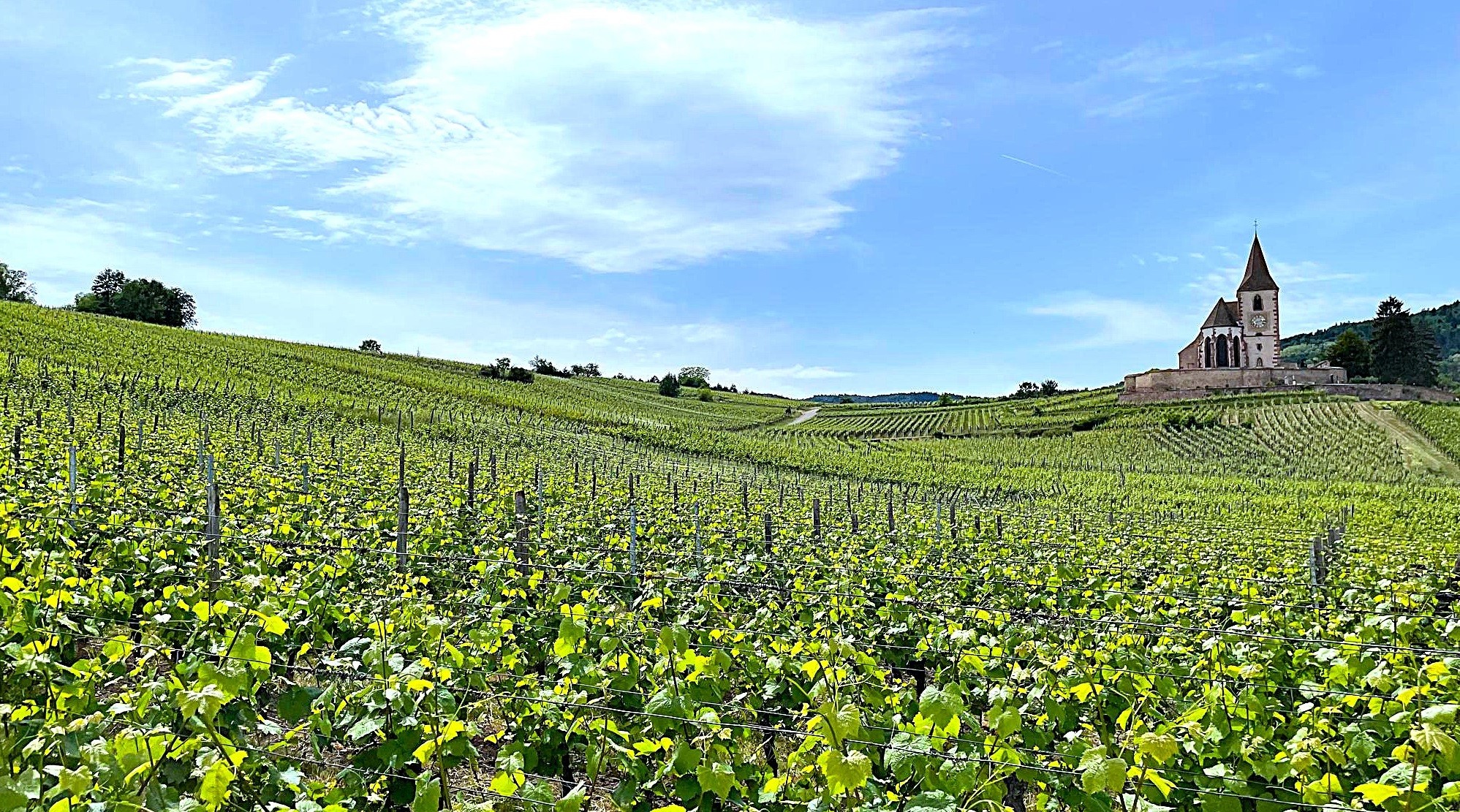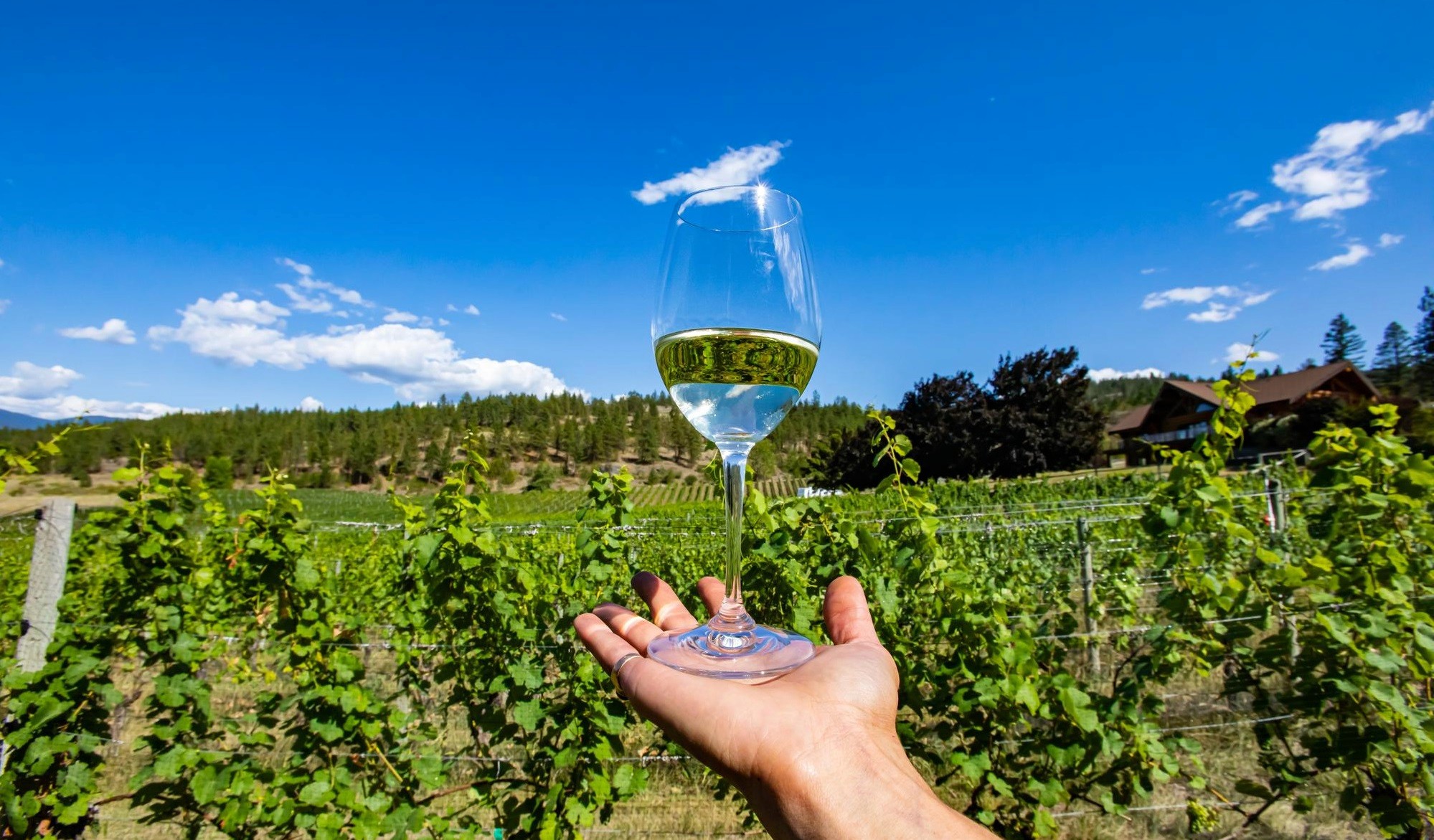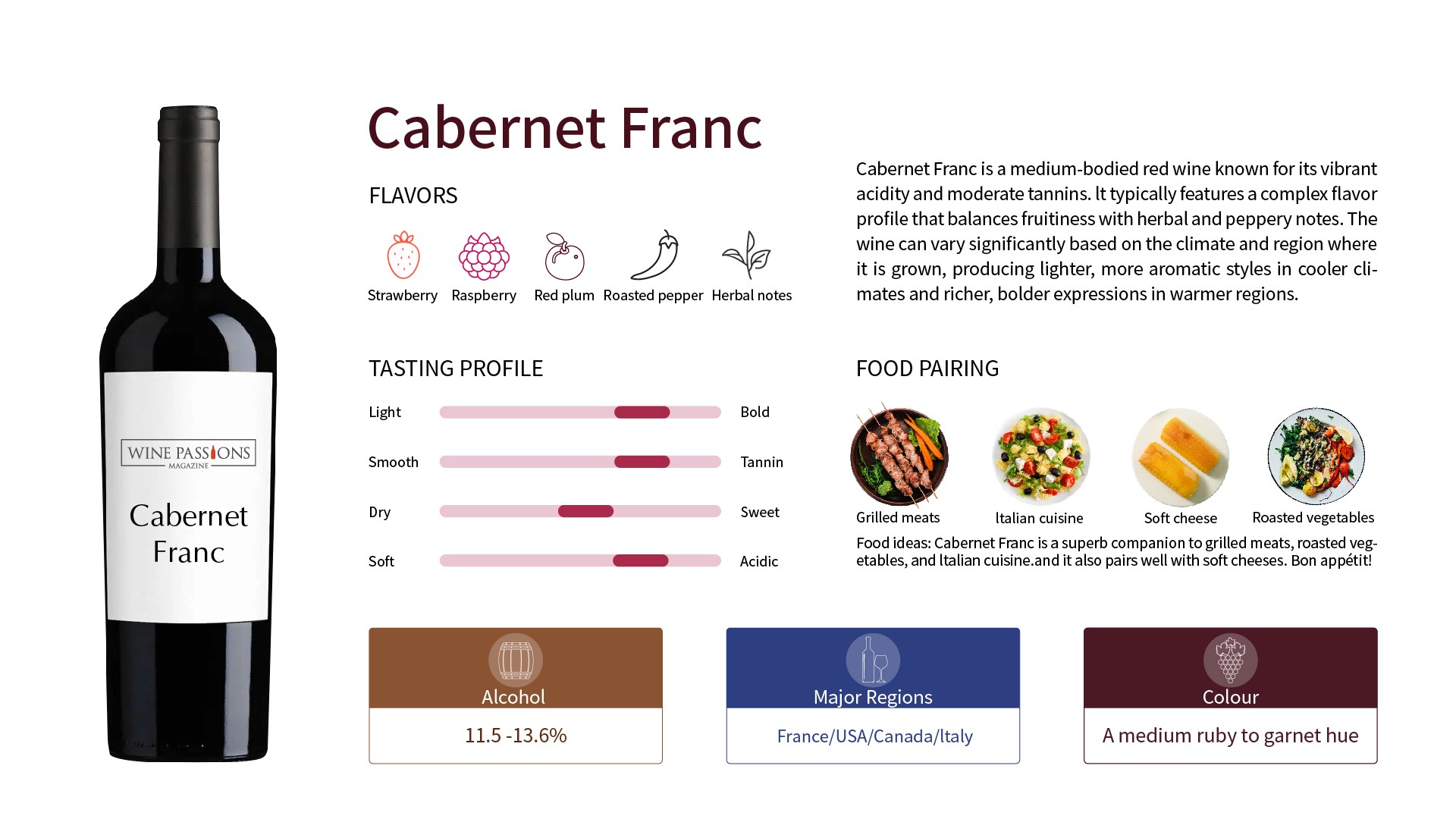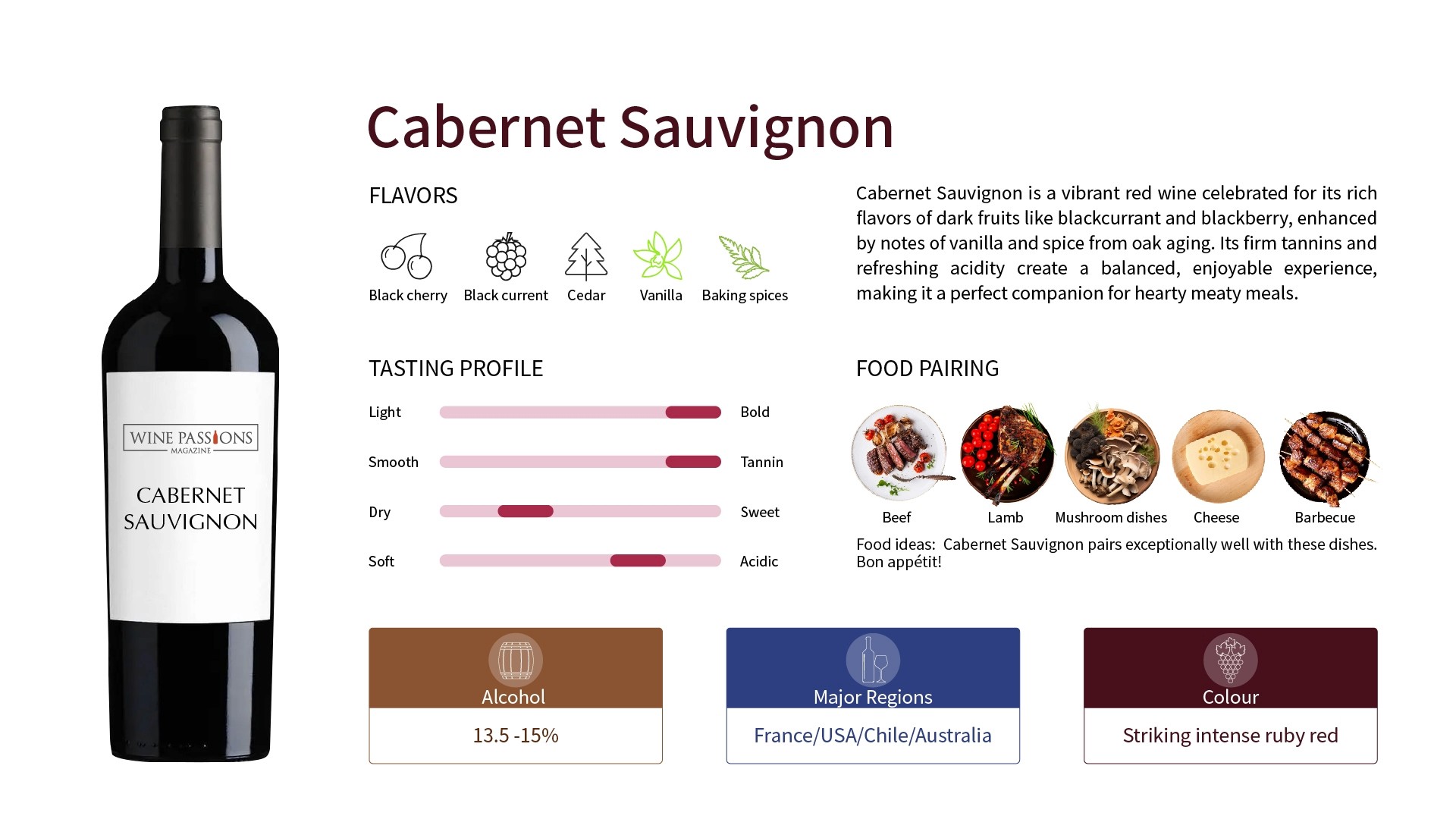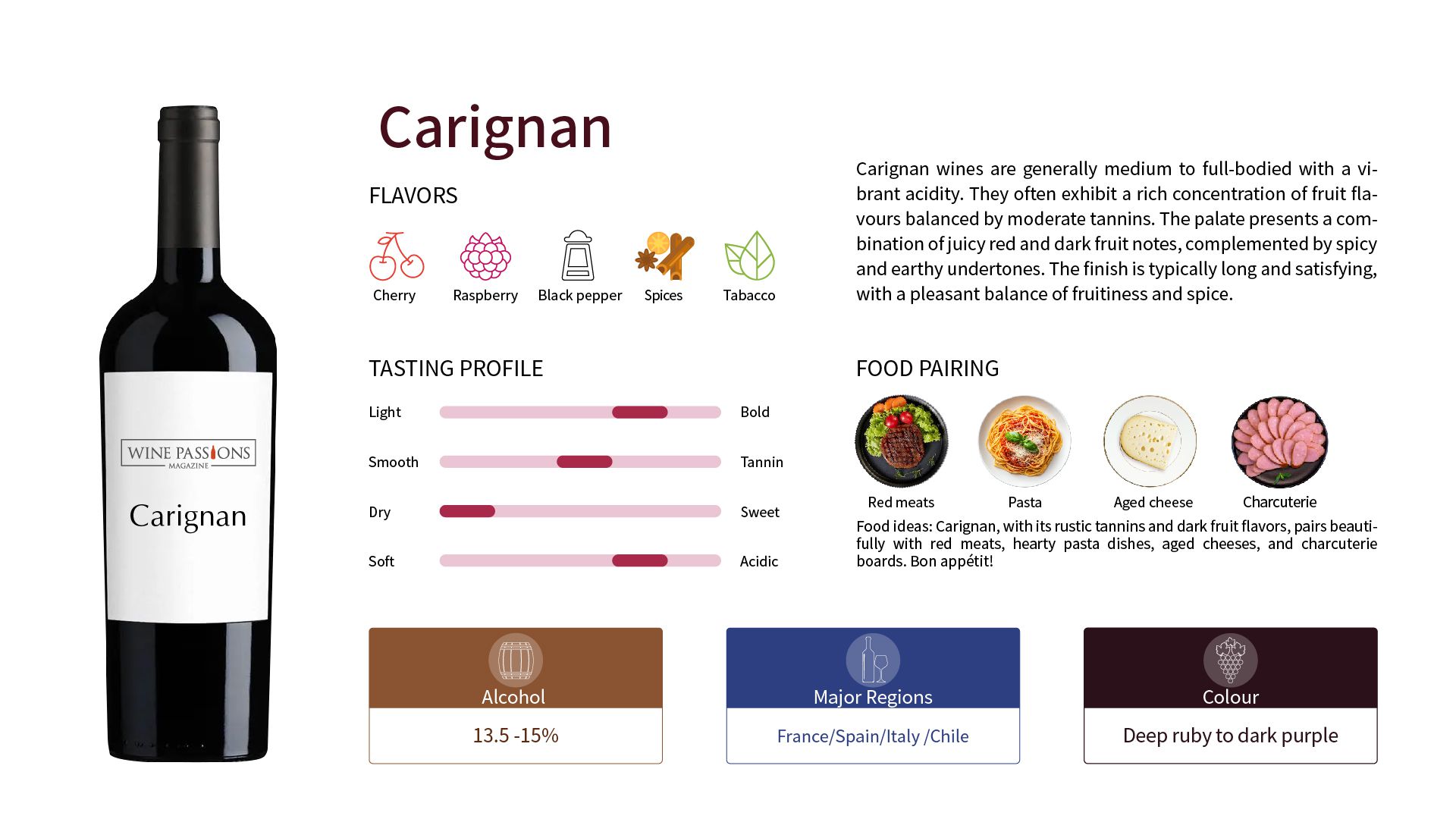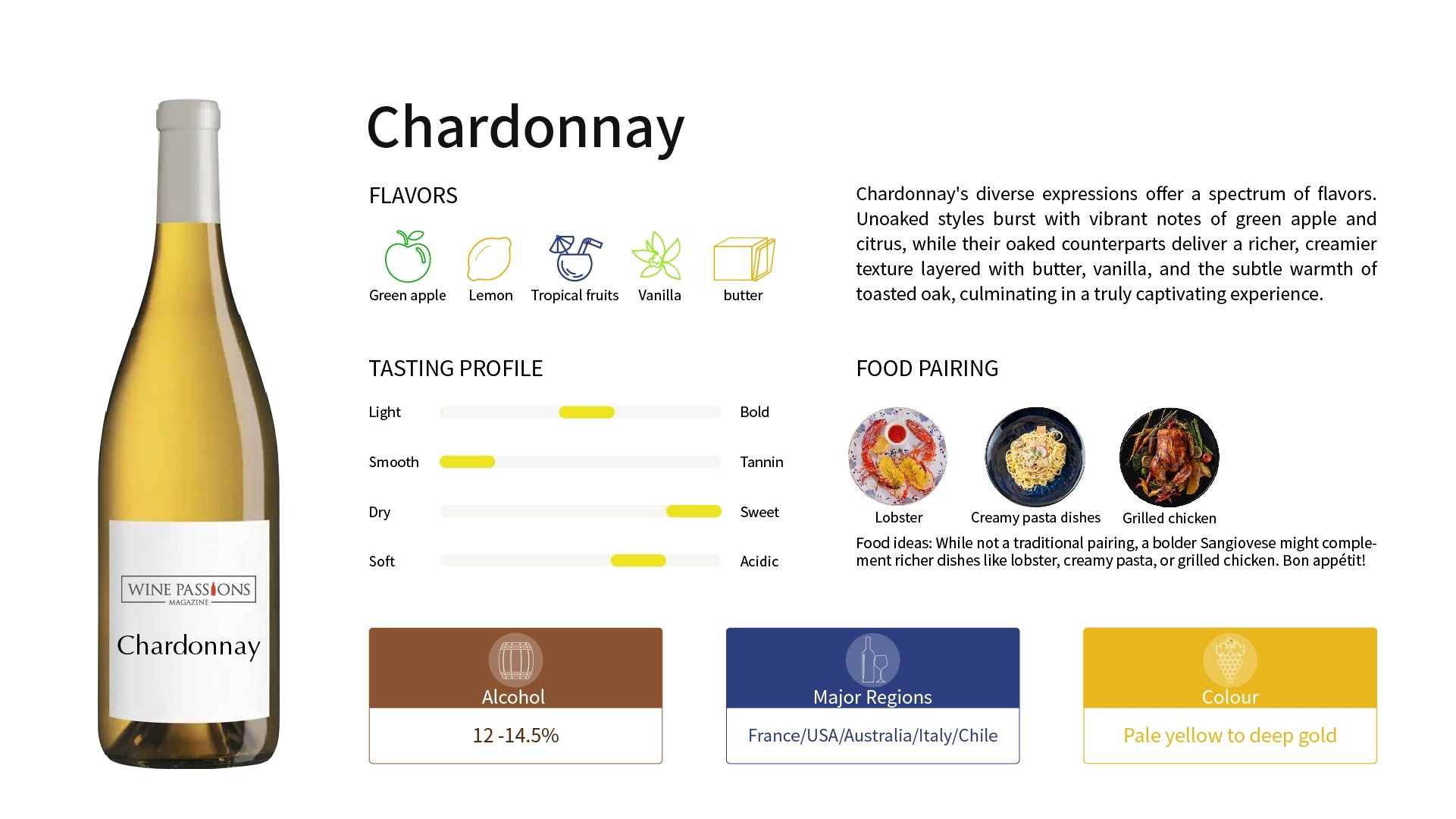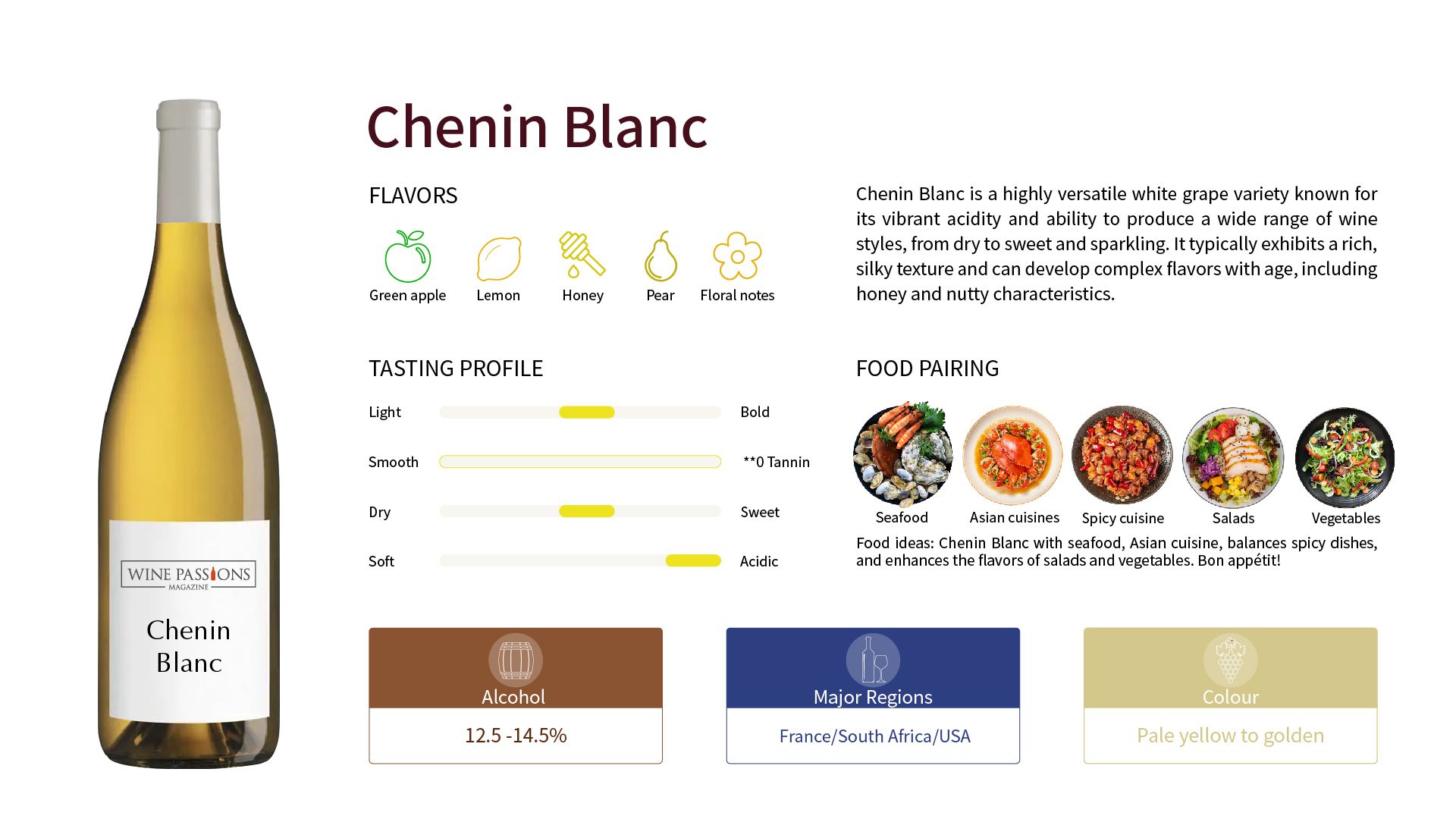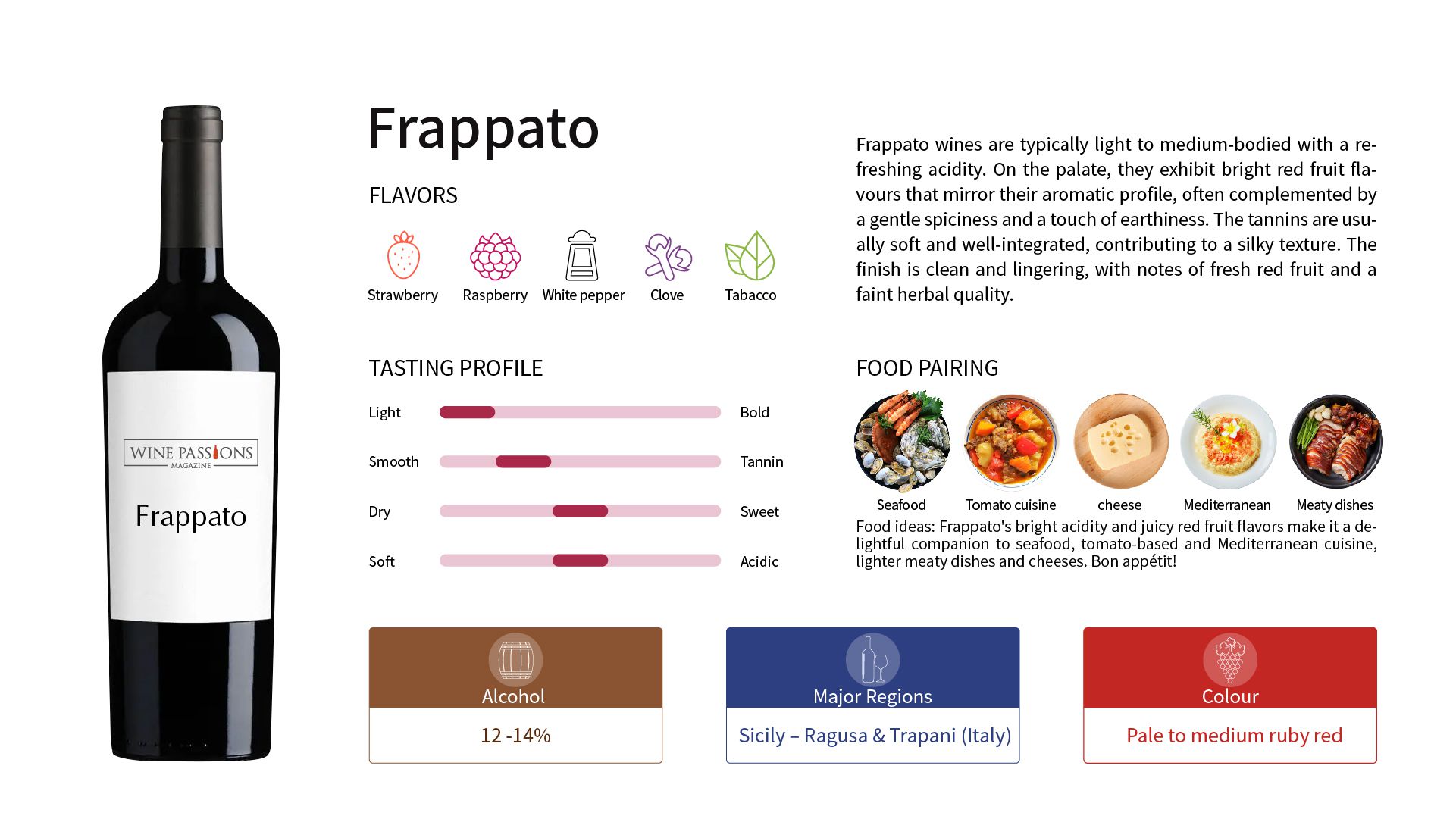Cabernet Franc
Background and Origins
The name Tempranillo is derived from the Spanish word "temprano," meaning "early ripening," highlighting its characteristic of maturing earlier than other grape varieties. Its origins can be traced back to northern Spain, particularly in the Rioja and Ribera del Duero regions.
Historically, Tempranillo gradually developed into the main winemaking variety in these regions and over time was introduced to other countries, such as Portugal (where it is known as Tinta Roriz) and New World regions (like the United States and Argentina). This grape has certain soil and climate requirements and typically thrives in sunny, well-drained soils.
Reasons for Tempranillo's Popularity
Diversity and Adaptability : Tempranillo is widely praised for its ability to adapt to different terroirs, not only in Spain but also in Portugal, Argentina, and California, USA, exhibiting its variable personality according to different climates and soils. This flexibility allows Tempranillo to produce a range of wines, from fresh young wines to well-structured aged treasures.
Classic and Approachable Style : Red wines made from Tempranillo often showcase balanced acidity and tannins, making them exceptionally appealing whether they are young wines or aged treasures that have undergone long maturation. This approachability allows even beginners to enjoy them easily without feeling overly tannic or hard to swallow.
Cultural Symbol : As the national wine of Spain, Tempranillo represents not only the highest tastes of wine enthusiasts but also serves as a cultural symbol. Each glass of Tempranillo is like a chapter of a Spanish historical story, thought-provoking and profound. The local viticulture techniques and winemaking practices for Tempranillo have a rich heritage, making each bottle carry a wealth of historical and cultural background.
Unique Flavors : Red wines made from Tempranillo typically carry aromas of red cherry, plum, spices, and tobacco, developing more layers, such as dried fruits and herbs, with aging, making them highly sought after by wine enthusiasts.
Flavor Characteristics of Tempranillo
Fruit Aroma: A typical Tempranillo usually has fruit aromas of blackcurrant, cherry, and strawberry, with older vintages developing deeper fruit flavors of blackberry or ripe plum.
Spice: After aging in oak barrels, it releases aromas of vanilla, sweet licorice, caramel, and tobacco.
Texture: The tannin structure is rich and smooth, with a substantial depth on the palate coupled with lively acidity, the finish is long-lasting and profoundly enjoyable.
Main Regions of Tempranillo Production
Rioja: One of the most famous regions in Spain, known for its intense and complex Tempranillo wines. This area has several sub-regions, including Rioja Alta, Rioja Alavesa, and Rioja Oriental, each with its own characteristics.
Ribera del Duero: Another important region, known for producing dark, structurally firm, and fruit-forward Tempranillo wines. The wines here usually have more intense blackberry flavors and strong tannins.
Toro: Located in the Castilla y León region, it's known for producing rich and powerful Tempranillo (locally known as Tinta de Toro).
La Mancha: This large region primarily produces high value Tempranillo, being one of the largest wine-producing areas in Spain.
Other Countries: In addition to Spain, Tempranillo is cultivated in Portugal (like Dão), Argentina, and the United States (like California).
Famous Tempranillo Wines
Some well-known Tempranillo wines include:
Marqués de Riscal (Rioja): A wine renowned for its classic style, showcasing the elegance and finesse of Tempranillo.
Vega Sicilia Único (Ribera del Duero): A top-tier wine that demonstrates the robust structure and long aging potential of Tempranillo.
Numanthia (Toro): Full-bodied with a rich style and concentrated fruit flavors.
Bartolo Mascarello Barolo: Known for its exceptional quality and traditional winemaking methods, it is a dream for collectors.
Angelo Gaja Barbaresco: Showcasing the perfect blend of New World winemaking techniques and traditional French style.
Tasting Handling
Tasting Temperature: Recommended at 13–16°C
Glass for Tasting: Use a red wine glass
Decanting Time: It is advised to decant for at least 60 minutes
Aging Potential: 10-30 years
Food Pairing
Tempranillo pairs very well with rich-flavored foods, such as:
Spanish signature dish: Iberian ham and charcoal-grilled lamb chops
Braised beef ribs or fatty meats like roasted duck
If serving pasta or vegetarian dishes, a fruity and lively Tempranillo wine is recommended.



